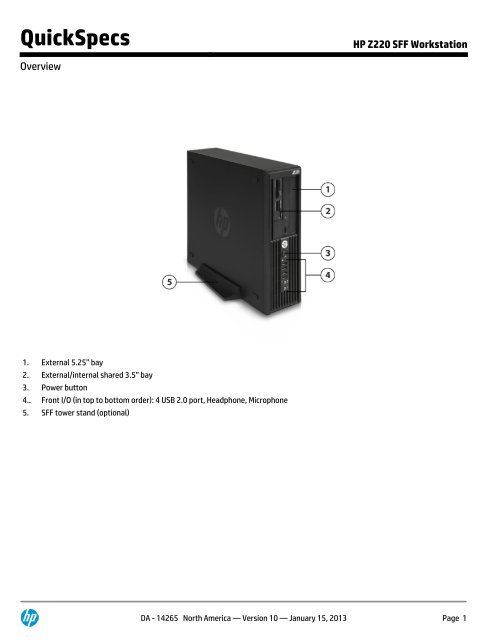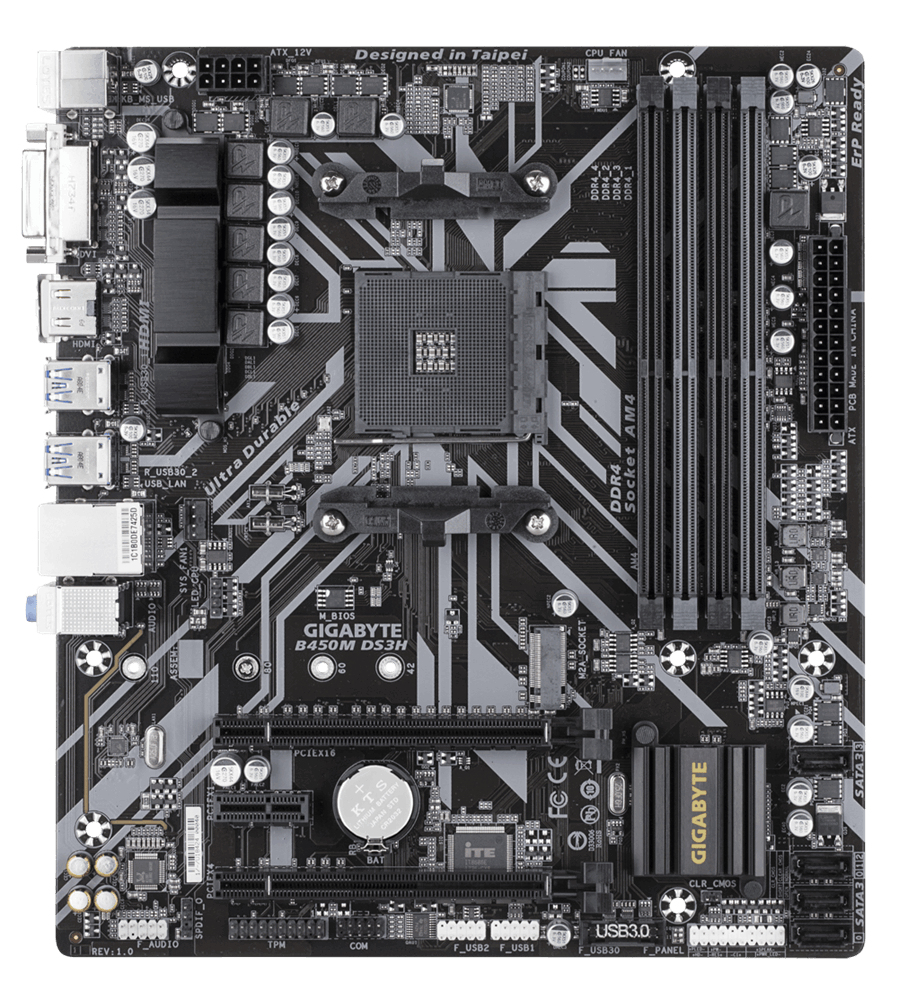| Version | Title | Date | Standards | Comments |
|---|---|---|---|---|
| 3.4.0 | System Management BIOS (SMBIOS) Reference Specification | 17 Jul 2020 | SMBIOS | .pdf file. DMTF Standard |
| 3.3.0 | System Management BIOS (SMBIOS) Reference Specification | 25 Sep 2019 | SMBIOS, SMBIOSWG | .pdf file. DMTF Standard |
| 3.2.0 | System Management BIOS (SMBIOS) Reference Specification | 14 May 2018 | SMBIOS, SMBIOSWG | .pdf file. DMTF Standard |
| 3.1.1 | System Management BIOS (SMBIOS) Reference Specification | 13 Jan 2017 | SMBIOS, SMBIOSWG | .pdf file. DMTF Standard |
| 3.1.0 | System Management BIOS (SMBIOS) Reference Specification | 21 Nov 2016 | SMBIOS, SMBIOSWG | .pdf file. DMTF Standard |
| 3.0.0 | System Management BIOS Reference Specification (SMBIOS) | 12 Feb 2015 | SMBIOS, SMBIOSWG | .pdf file. DMTF Standard |
| 2.8.0 | System Management BIOS Reference Specification (SMBIOS) | 3 Apr 2013 | SMBIOS, SMBIOSWG | .pdf file. DMTF Standard |
| 2.7.1 | System Management BIOS Reference Specification (SMBIOS) | 1 Feb 2011 | SMBIOS, SMBIOSWG | .pdf file, DMTF Standard |
| 2.7.0 | System Management BIOS Reference Specification (SMBIOS) | 21 Jul 2010 | SMBIOS, SMBIOSWG | .pdf file, DMTF Standard |
| 2.6.0 | System Management BIOS Reference Specification (SMBIOS) | 4 Aug 2008 | SMBIOS, SMBIOSWG | .pdf file, DMTF Standard |
| 2.5.0 | System Management BIOS Reference Specification | 5 Sep 2006 | SMBIOS, SMBIOSWG | .pdf file, DMTF Standard |
| 2.4.0 | System Management BIOS Reference Specification (SMBIOS) | 21 Jul 2004 | SMBIOS, SMBIOSWG | .pdf file, DMTF Standard |
| 2.6.1 | System Management BIOS Reference Specification (SMBIOS) | 23 Apr 2009 | SMBIOS, SMBIOSWG | .pdf file, DMTF Standard |
07/07/16 19:30:00 Failed init of SMBIOS data 07/07/16 19:30:32 EFI HP BIOS Update 2.7.1.0 Started 07/07/16 19:30:32 Failed init of SMBIOS data-The computer runs Yosemite for about 1.5 year. However it's running slowly and after I read a few posts I figured out this might be related to the BIOS version (quite old one currently). Currently (Version 4.2.0), SMBIOS Version 2.5 is provided, the currently available specification (from 2011) is 2.7.1. Versions SMBIOS specification). ACCESSING SMBIOS INFORMATION 7 2.1 CALLING CONVENTION 7 2.1.1 SMBIOS F UNCTIONS 8 2.1.2 E RROR R ETURN C ODES 9 2.1.3 SMBIOS S TRUCTURE A CCESS INTERFACE 9 2.1.3.1 Function 50h – Get SMBIOS Information 9 2.1.3.2 Function 51h – Get SMBIOS Structure 10. Currently (Version 4.2.0), SMBIOS Version 2.5 is provided, the currently available specification (from 2011) is 2.7.1. Versions SMBIOS specification).
| Status | Published |
|---|---|
| Year started | 1999; 22 years ago |
| Latest version | 3.4.0 August 20, 2020; 9 months ago |
| Organization | Distributed Management Task Force (DMTF) |
| Related standards | Common Information Model (CIM), Web-Based Enterprise Management (WBEM), Redfish |
| Domain | Systems management |
| Abbreviation | SMBIOS |
| Website | www.dmtf.org/standards/smbios |
In computing, the System Management BIOS (SMBIOS) specification defines data structures (and access methods) that can be used to read management information produced by the BIOS of a computer.[1] This eliminates the need for the operating system to probe hardware directly to discover what devices are present in the computer. The SMBIOS specification is produced by the Distributed Management Task Force (DMTF), a non-profit standards development organization. The DMTF estimates that two billion client and server systems implement SMBIOS.[2]
The DMTF released the version 3.4.0 of the specification on August 20, 2020.[3]
SMBIOS was originally known as Desktop Management BIOS (DMIBIOS), since it interacted with the Desktop Management Interface (DMI).[4]
History[edit]
Version 1 of the Desktop Management BIOS (DMIBIOS) specification was produced by Phoenix Technologies in or before 1996.[citation needed]
Version 2.0 of the Desktop Management BIOS specification was released on March 6, 1996 by American Megatrends (AMI), Award Software, Dell, Intel, Phoenix Technologies, and SystemSoft Corporation. It introduced 16-bit plug-and-play functions used to access the structures from Windows 95.[5]
The last version to be published directly by vendors was 2.3 on August 12, 1998. The authors were American Megatrends, Award Software, Compaq, Dell, Hewlett-Packard, Intel, International Business Machines (IBM), Phoenix Technologies, and SystemSoft Corporation.
Circa 1999, the Distributed Management Task Force (DMTF) took ownership of the specification. The first version published by the DMTF was 2.3.1 on March 16, 1999. At approximately the same time Microsoft started to require that OEMs and BIOS vendors support the interface/data-set in order to have Microsoft certification.
Version 3.0.0, introduced in February 2015, added a 64-bit entry point, which can coexist with the previously defined 32-bit entry point.
Version 3.4.0 was released in August 2020.[6]
Contents[edit]
The SMBIOS table consists in an entry point (two types are defined, 32-bit and 64-bit), and a variable number of structures that describe platform components and features. These structures are occasionally referred to as 'tables' or 'records' in third-party documentation.
Structure types[edit]
As of version 3.3.0, the SMBIOS specification defines the following structure types:[7][8]
| Type | Description |
|---|---|
| 0 | BIOS Information |
| 1 | System Information |
| 2 | Baseboard (or Module) Information |
| 3 | System Enclosure or Chassis |
| 4 | Processor Information |
| 5 | Memory Controller Information (Obsolete) |
| 6 | Memory Module Information (Obsolete) |
| 7 | Cache Information |
| 8 | Port Connector Information |
| 9 | System Slots |
| 10 | On Board Devices Information |
| 11 | OEM Strings |
| 12 | System Configuration Options |
| 13 | BIOS Language Information |
| 14 | Group Associations |
| 15 | System Event Log |
| 16 | Physical Memory Array |
| 17 | Memory Device |
| 18 | 32-Bit Memory Error Information |
| 19 | Memory Array Mapped Address |
| 20 | Memory Device Mapped Address |
| 21 | Built-in Pointing Device |
| 22 | Portable Battery |
| 23 | System Reset |
| 24 | Hardware Security |
| 25 | System Power Controls |
| 26 | Voltage Probe |
| 27 | Cooling Device |
| 28 | Temperature Probe |
| 29 | Electrical Current Probe |
| 30 | Out-of-Band Remote Access |
| 31 | Boot Integrity Services (BIS) Entry Point |
| 32 | System Boot Information |
| 33 | 64-Bit Memory Error Information |
| 34 | Management Device |
| 35 | Management Device Component |
| 36 | Management Device Threshold Data |
| 37 | Memory Channel |
| 38 | IPMI Device Information |
| 39 | System Power Supply |
| 40 | Additional Information |
| 41 | Onboard Devices Extended Information |
| 42 | Management Controller Host Interface |
| 43 | TPM Device |
| 44 | Processor Additional Information |
| 126 | Inactive |
| 127 | End-of-Table |
| 128–255 | Available for system- and OEM- specific information |
Accessing SMBIOS data[edit]
The EFI configuration table (EFI_CONFIGURATION_TABLE) contains entries pointing to the SMBIOS 2 and/or SMBIOS 3 tables.[9] There are several ways to access the data, depending on the platform and operating system.
From UEFI[edit]
In the UEFI Shell, the SmbiosView command can retrieve and display the SMBIOS data.[10][11] One can often enter the UEFI shell by entering the BIOS, and then selecting the shell as a boot option (as opposed to a DVD drive or hard drive).
From Linux[edit]
The Linux kernel contains an SMBIOS decoder, allowing systems administrators to inspect system hardware configuration and to enable or disable certain workarounds for problems with specific systems, based on the provided SMBIOS information.
The userspacecommand-line utility dmidecode(8) inspects this data. Information provided by this utility typically includes the system manufacturer, model name, serial number, BIOS version and asset tag, as well other details of varying level of interest and reliability, depending on the system manufacturer. The information often includes usage status for the CPU sockets, expansion slots (including AGP, PCI and ISA) and memory module slots, and the list of I/O ports (including serial, parallel and USB).[12][13] Decoded DMI tables for various computer models are collected in a public GitHub repository.[14]
For Dell systems there is a libsmbios utility.[15]
From Windows[edit]
Microsoft specifies WMI as the preferred mechanism for accessing SMBIOS information from Microsoft Windows.[16][17]
On Windows systems that support it (XP and later), some SMBIOS information can be viewed with either the WMIC utility with 'BIOS'/'MEMORYCHIP'/'BASEBOARD' and similar parameters, or by looking in the Windows Registry under HKLMHARDWAREDESCRIPTIONSystem.

Various software utilities can retrieve raw SMBIOS data, including FirmwareTablesView[18] and AIDA64.
Generating SMBIOS data[edit]
Table and structure creation is normally up to the system firmware/BIOS. The UEFI Platform Initialization (PI) specification includes an SMBIOS protocol (EFI_SMBIOS_PROTOCOL) that allows components to submit SMBIOS structures for inclusion, and enables the producer to create the SMBIOS table for a platform.[19]
Platform virtualization software can also generate SMBIOS tables for use inside VMs, for instance QEMU.[20]
If the SMBIOS data is not generated and filled correctly then the machine may behave unexpectedly. For example, a Mini PC that advertises Chassis Information | Type = Tablet may behave unexpectedly using Linux. A desktop manager like GNOME will attempt to monitor a non-existent battery and shutdown the screen and network interfaces when the missing battery drops below a threshold. Additionally, if the Chassis Information | Manufacturer is not filled in correctly then work-arounds for the incorrect Type = Tablet problem cannot be applied.[21]

See also[edit]

- Web-Based Enterprise Management (WBEM)

References[edit]
- ^'Libsmbios Library Documentation'. dell.com. 2007-04-11. Archived from the original on 2016-09-18. Retrieved 2016-02-02.
- ^DMTF press release on SMBIOS 3.2: https://www.dmtf.org/content/dmtf-releases-smbios-32
- ^'System Management BIOS'. dmtf.org. Sep 2018. Retrieved 2019-12-30.
- ^'Desktop Management BIOS Specification, Version 2.0'(PDF). uni-regensburg.de. 1996-03-06. Retrieved 2016-02-02.
- ^'Desktop Management BIOS Specification, Version 2.0'(PDF). uni-regensburg.de. 1996-03-06. Retrieved 2016-02-02.
- ^All Published Versions of DSP0134
- ^Ken Hess (2010-04-23). 'Linux System Information Decoded'. linux-mag.com. Retrieved 2016-02-02.
- ^SMBIOS Specification, version 3.3.0, Sep 2019, https://www.dmtf.org/sites/default/files/standards/documents/DSP0134_3.3.0.pdf
- ^UEFI Specification, version 2.6, section 4.6
- ^'smbiosview (HP UEFI System Utilities and Shell Command Mobile Help for HP ProLiant Gen9 Servers)'. hp.com. 2015-09-22. Retrieved 2016-02-02.
- ^'Tianocore /edk2/ShellPkg/Library/UefiShellDebug1CommandsLib/SmbiosView'. sourceforge.net. Retrieved 2015-01-27.
- ^'dmidecode'. nongnu.org. Retrieved 2013-10-30.
- ^Joe Barr (2004-11-29). 'dmidecode: What's it good for?'. linux.com. Retrieved 2013-10-30.
- ^Linux Hardware Project (2019-12-24). 'Large collection of decoded DMI tables for various computer models'. linuxhw. Retrieved 2019-12-24.
- ^Dell (2021-01-19). 'libsmbios provides a library to interface with the SMBIOS tables. It also provides extensions for proprietary methods of interfacing with Dell specific SMBIOS tables'. Dell. Retrieved 2021-01-19.
- ^wjfrancis (2008-03-27). 'SMBIOS Peek - CodeProject'. Codeproject.com. Retrieved 2012-05-12.
- ^SMBIOS Support in Windows, Microsoft paper, updated April 25, 2005
- ^'FirmwareTablesView'. NirSoft. Retrieved 2020-12-02.
- ^Platform Initialization Specification, volume 5, section 6, SMBIOS Protocol
- ^QEMU version 2.12.50 User Documentation, https://qemu.weilnetz.de/doc/qemu-doc.html
- ^'5 to 20 minutes shutdowns on Cherry Trail machine'. Red Hat Issue Tracker. March 21, 2019. Retrieved March 21, 2019.
External links[edit]
- SMBIOS Demystified, August 1, 2006, by Kiran Sanjeeva